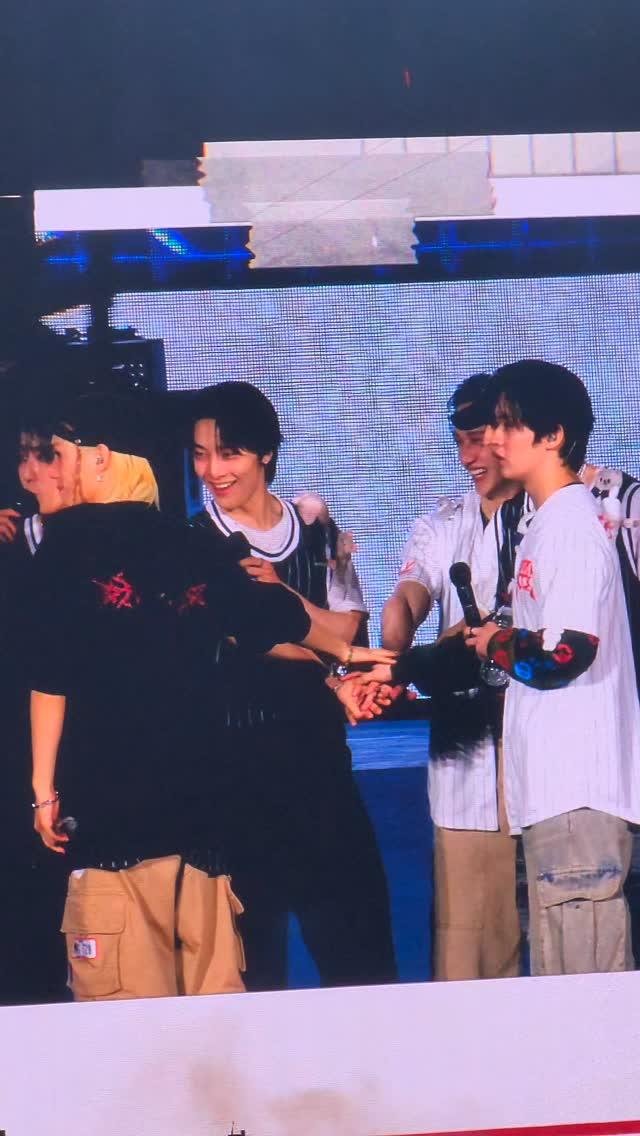The air crackles with a strange energy. It’s not just the roar of 70,000 fans – it’s a current of confusion, of fervent connection, and, undeniably, of underlying discomfort. The discourse surrounding Stray Kids has exploded, morphing from adoration to accusations, from simple fandom to something… darker. The questions linger: Is this genuine connection, or a meticulously crafted illusion? And what does it *really* mean to be a Stay?

The evidence, as always, is scattered across Threads. The initial wave of excitement – “Where are my 35+ Stray Kids Stays?” – was laced with an oddly possessive tone. The “Noona Stay” sentiment, urging gentle reminders about the realities behind the LA concert, subtly underscored a defensiveness, a need to protect the “ideal” image of the fandom. The deluge of personal stories, the fervent attachment to trivial moments—Hannie and D4VD’s playful challenge, the desperate yearning for a “barricade” – speak to an emotional investment that goes far beyond simple appreciation. Yet, this raw vulnerability is juxtaposed with layers of calculated maneuvering. The speculation about a filmmaker with a staggering roster of A-list clients – “This filmmaker is the crème de la crème…” – hints at a deliberate strategy, a move to elevate Stray Kids to a global level, regardless of fan sentiment.

The intense, almost obsessive focus on individual members – “Oh Hannah and D4VD doing a challenge together!” – reveals a desire for personalized connection, a craving for intimacy within the seemingly boundless expanse of the fandom. The “stalker” questions, concerning the logistics of following Stray Kids around the world, aren’t just about logistics; they’re a poignant reflection on the obsessive nature of fandom and the boundaries of admiration. The “aging” Stay community, yearning for elder Stays, highlights the evolution of the fanbase and points towards a generational divide, sparking a debate about what it means to belong. The concern over Lightsticks, and the subsequent realization that the group has been taken by TikTok, demonstrates the vulnerability of online fandoms and the rapidly changing dynamics of popularity.

But beneath the surface, a current of unease flows. The insistence on “adult fans with adult money” isn’t just about financial investment; it’s a subtle critique of the perceived “delulu” nature of the fandom, questioning the authenticity of the emotional investment. The apology from the fan regarding her partner’s break-up, triggered by the concert, seems almost staged, a calculated attempt to acknowledge and diffuse potential criticism. And who can forget the frantic Threads-fueled panic: “WHERE DID STRAY KIDS GO? WHY DO I SEE MEMES AND CATS??”. This wasn’t simply confusion; it was a realization of the forces manipulating the fandom.
The final revelation – plans for a potential Kids Choice Awards appearance – solidifies the unsettling truth: this isn’t just about Stray Kids; it’s about a meticulously orchestrated strategy, a calculated move to maximize exposure and create a global phenomenon. The question remains: is this a beautiful, chaotic harmony, or a carefully constructed illusion orchestrated to keep the fans engaged?
Discover the truth. Are you a Stay, or a puppet?



